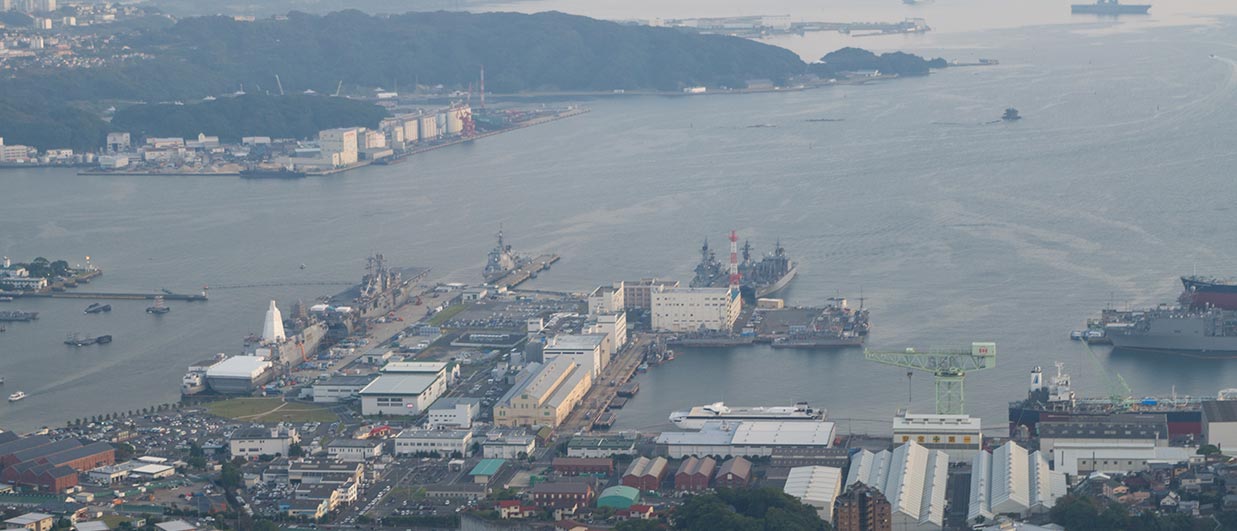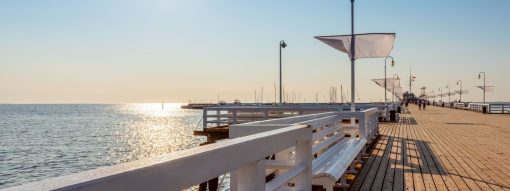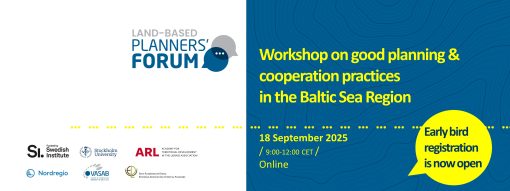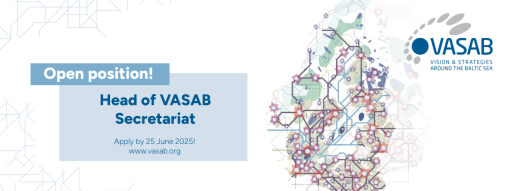Baltic Sea Region Ministers Responsible for Spatial Planning and Development meet in Tallinn
A conference of ministers responsible for spatial planning and development of 11 Baltic Sea Region countries was held in Tallinn, Estonia on 26 September 2014. This was already the 8th ministerial conference within the framework of VASAB cooperation. The previous one took place in October 2009 in Vilnius, Lithuania.
During the conference, ministers had set new tasks and objectives, which will promote cooperation between the cities, improve the internal and external accessibility of Region, and enhance maritime spatial planning. However, the main goal remains the unchanged – in 2030 the Baltic Sea Region should become a well-integrated and coherent macro-region, which has overcome the socio-economic development divides between its individual parts and turned the global challenges into assets.
The 8th Ministerial Conference discussed the progress on implementing the VASAB Long-Term Perspective for the Territorial Development of the Baltic Sea Region, adopted the Ministerial Declaration about planning and development challenges in the Region, as well as committed to the implementation of Regional Baltic Maritime Spatial Planning Roadmap 2013-2020.
As one of the main future goals, ministers decided to urge the Member States and the Committee to initiate and support territorial development and maritime spatial planning projects, fully exploiting the potential of all relevant financing instruments, especially the trans-national Baltic Sea Region Programme. “We have to concentrate our efforts in the issues important for us all: planning and balancing the use of marine space, improving accessibility and connectivity, ensuring energy connections, and the shift towards renewable resources and energy saving, applying the place based approach to the development, creating prerequisites for development of different types of regions. Without a doubt, one of the important themes for the next seven years is maritime spatial planning. We realised it already five years ago in Vilnius and made it one of the priorities for our cooperation. And it is an important priority up to today, even increasingly so,” emphasized Minister of the Interior of Estonia, Hanno Pevkur.
New common responsibilities and challenges have emerged which call for deeper pan-Baltic cooperation on spatial planning and development and integration of spatial development policies into all relevant sectors. The main territorial development challenges are adverse territorial consequences of population changes (ageing and migration); further growth of big urban areas and land take resulting in more commuting; increased polarisation between urban and rural areas; interconnecting Trans-European, national and regional intermodal transport networks; growing pressure on marine resources and greater conflicts over the use of the sea; diversification of energy resources and interconnection of energy networks; development of sustainable and green energy, as well as coping with the consequences of climate change. The ministers addressed all these challenges and suggested joint actions for the Region during the conference.
During the conference several pan-Baltic organisations such as BASREC, HELCOM, BONUS and Union of Baltic Cities expressed their opinion regarding territorial cooperation in the Baltic Sea Region. Ministers decided that the closer cooperation with other pan-Baltic organisations was essential and needed for the future.
This year VASAB celebrates also the 20th Anniversary of the first VASAB strategic document – Vision and Strategies around the Baltic Sea 2010, agreed in the 3rd Ministerial Conference in 1994 in Tallinn. It was the first commonly agreed transnational vision of the Baltic Sea Region which played significant role for the spatial development of the whole Region. For that reason on 25 September 2014 the informal meeting 20 years of VASAB 2010 took place back to back with the 8th VASAB Ministerial Conference. The meeting was looking back to the achievements and memorable moments of the VASAB history, as well as sketched out possible future role of the VASAB cooperation network.
More information about the Conference available here



